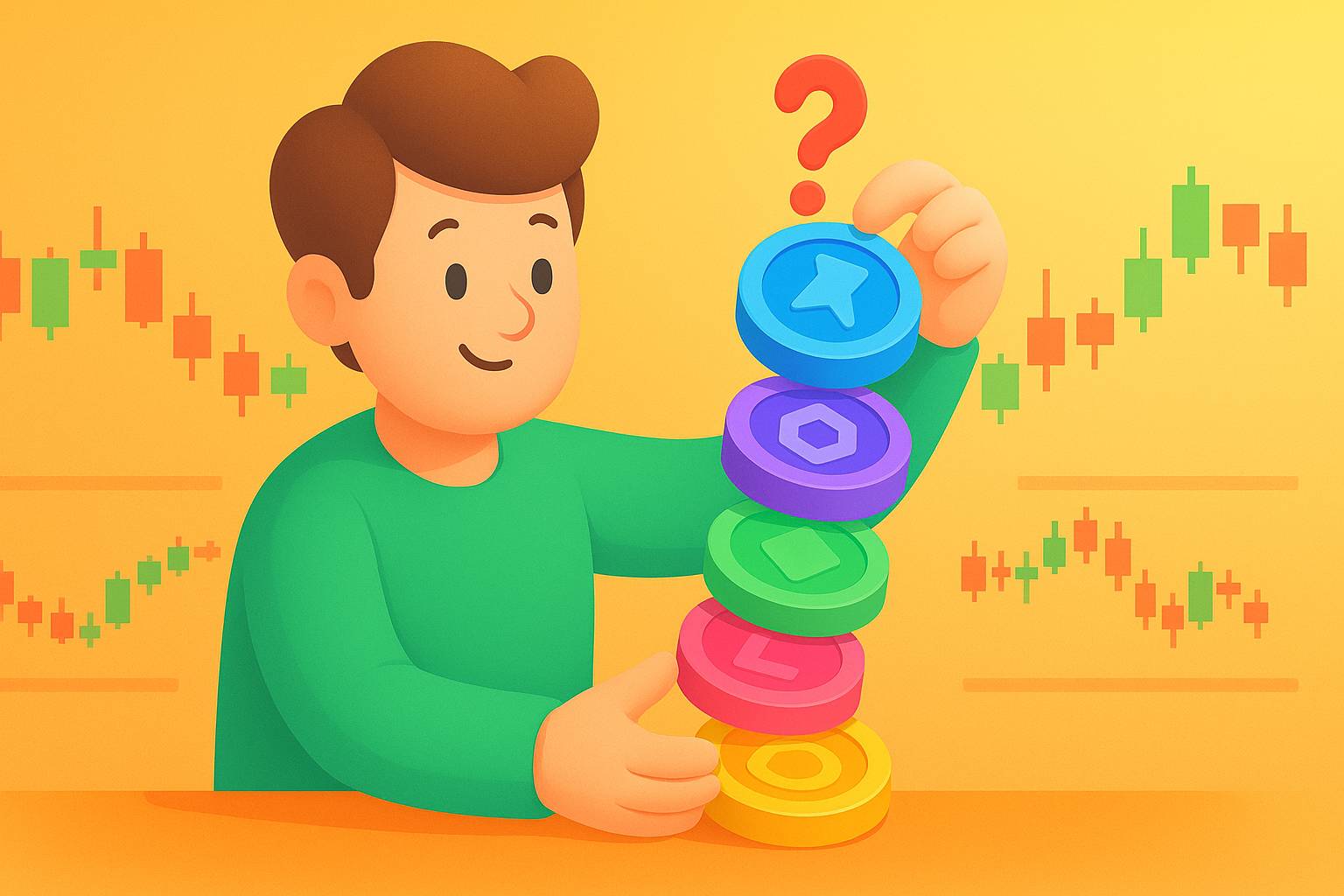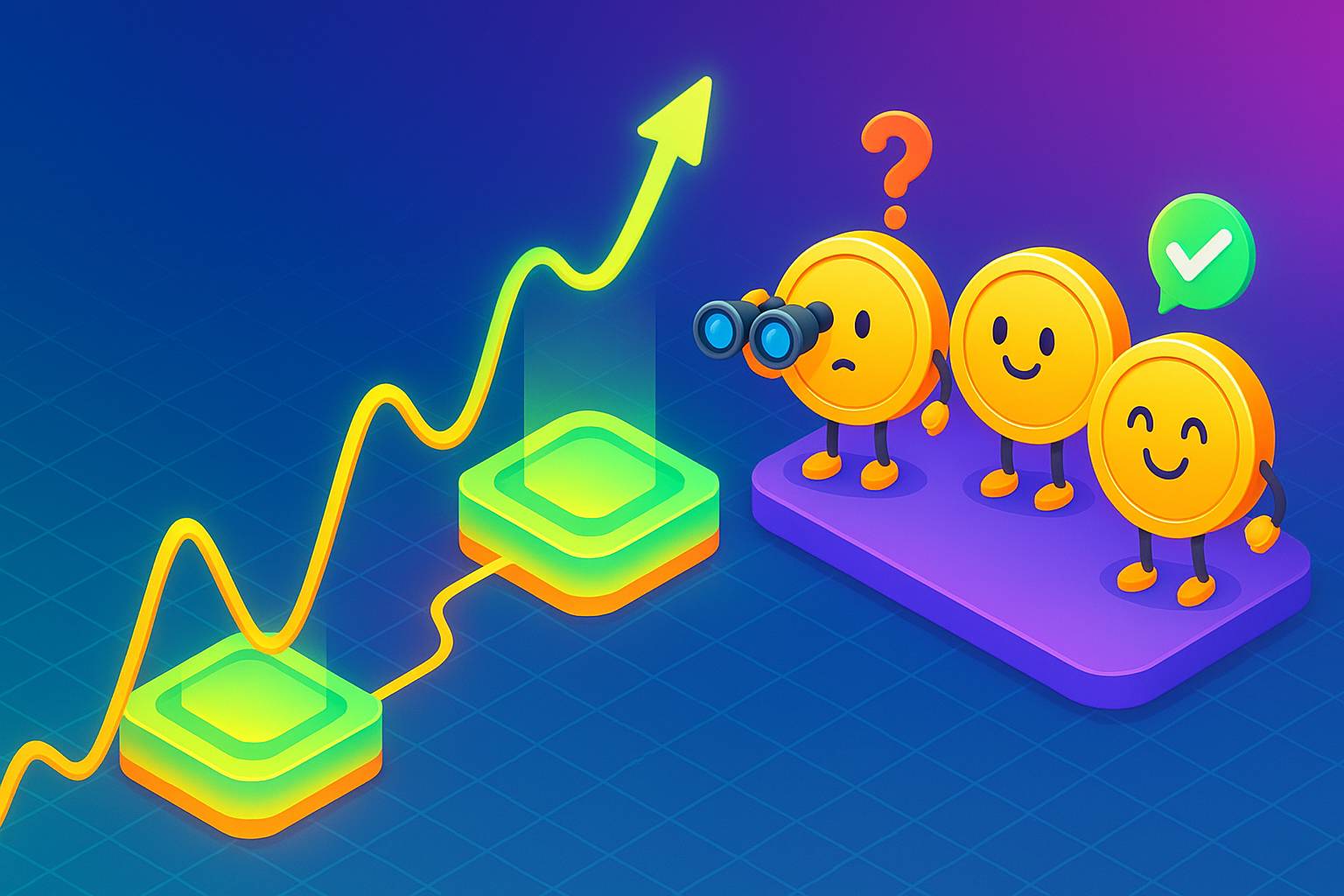Table of Contents
- Brief Overview of Quantitative Easing
- Understanding How Quantitative Easing Works
- The Economic Repercussions of Quantitative Easing
- The Influence of Quantitative Easing on Cryptocurrencies
- Summary
- Common Questions about Quantitative Easing
- 1. How can quantitative easing be simply explained?
- 2. What are the actual effects of quantitative easing?
- 3. Does quantitative easing equate to printing money?
- 4. What distinguishes Qt from QE?
- 5. Can QE result in inflation?









